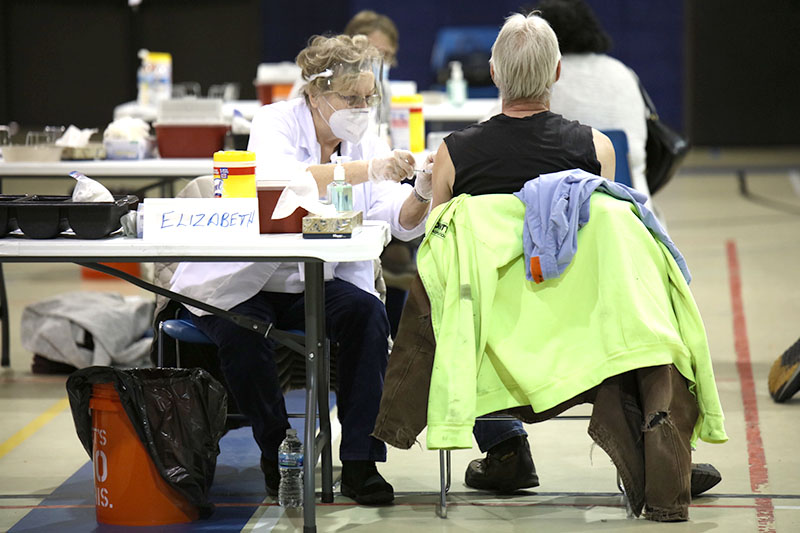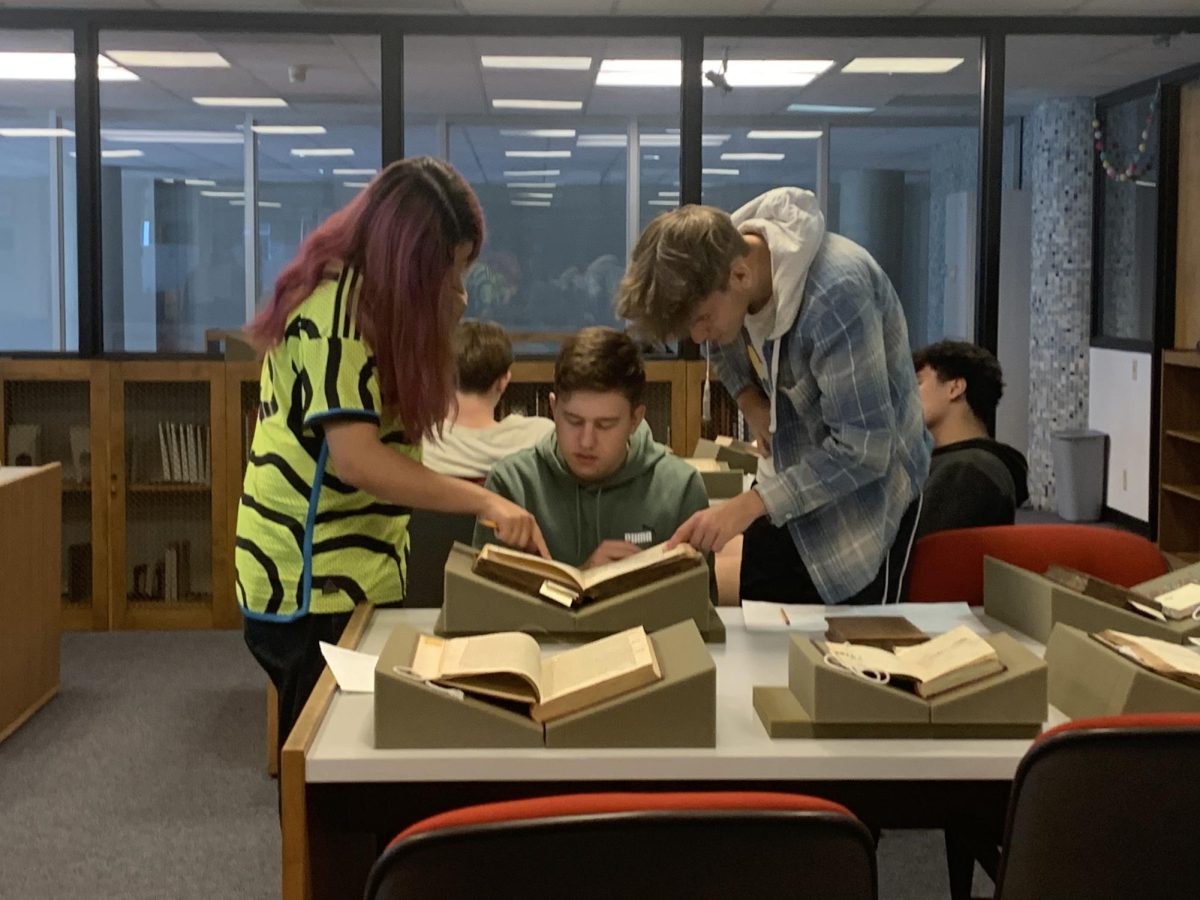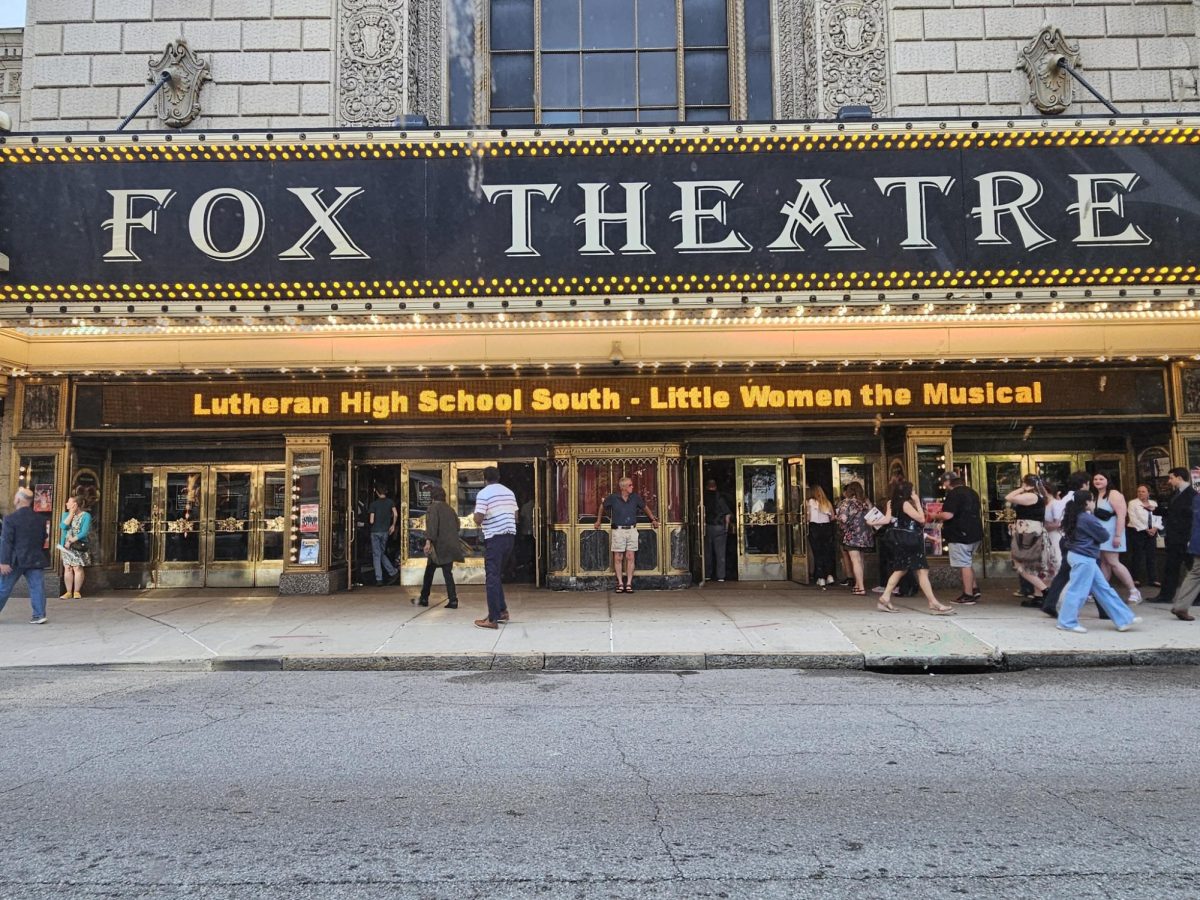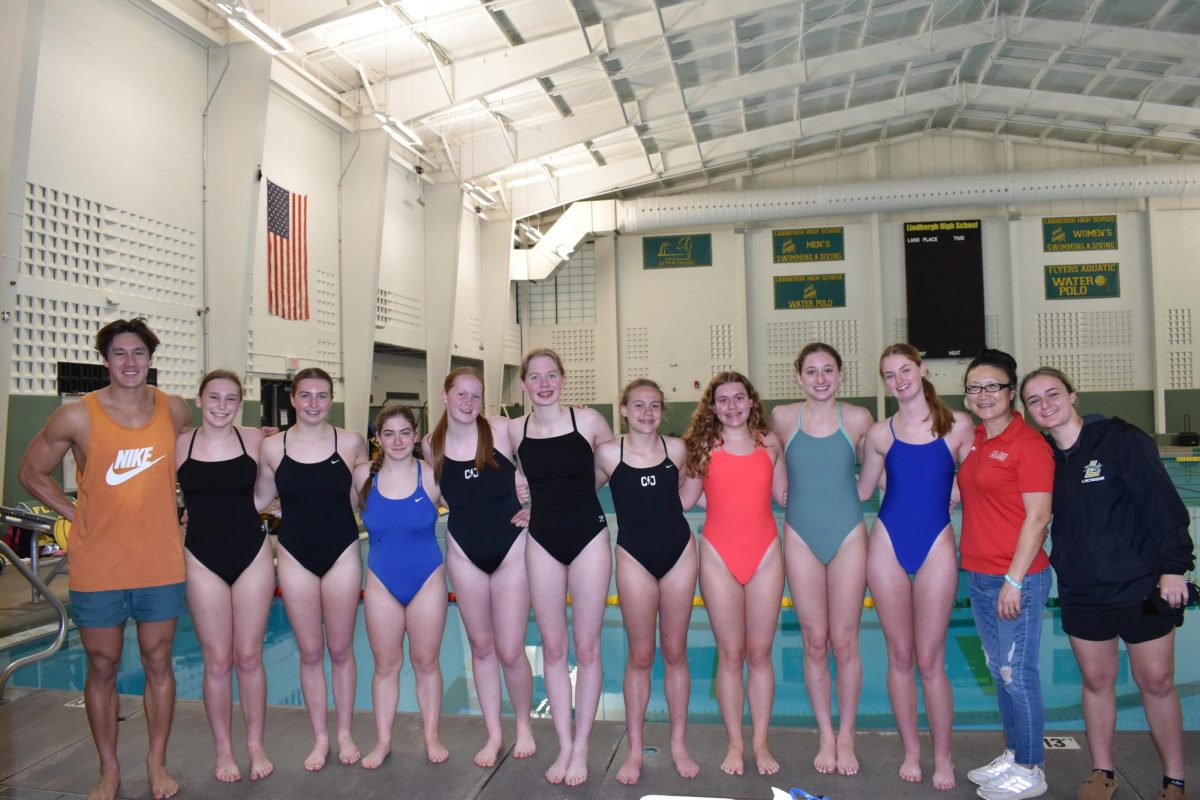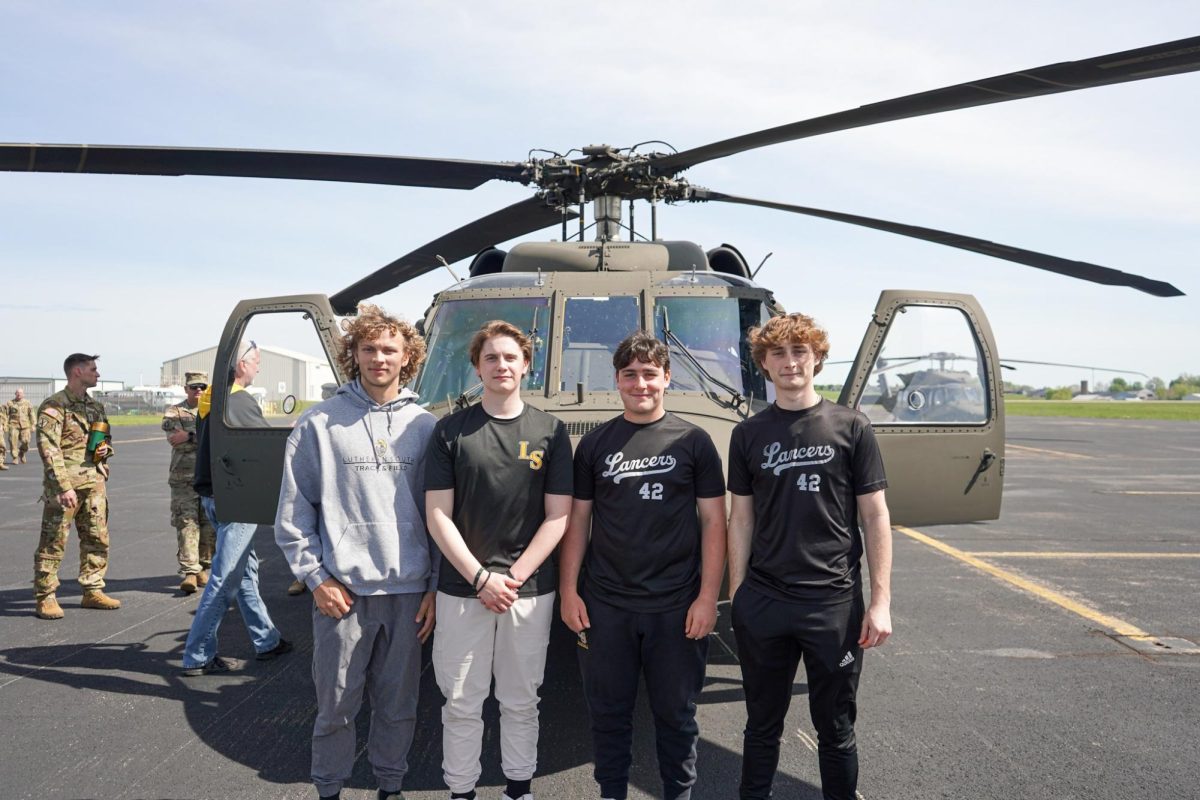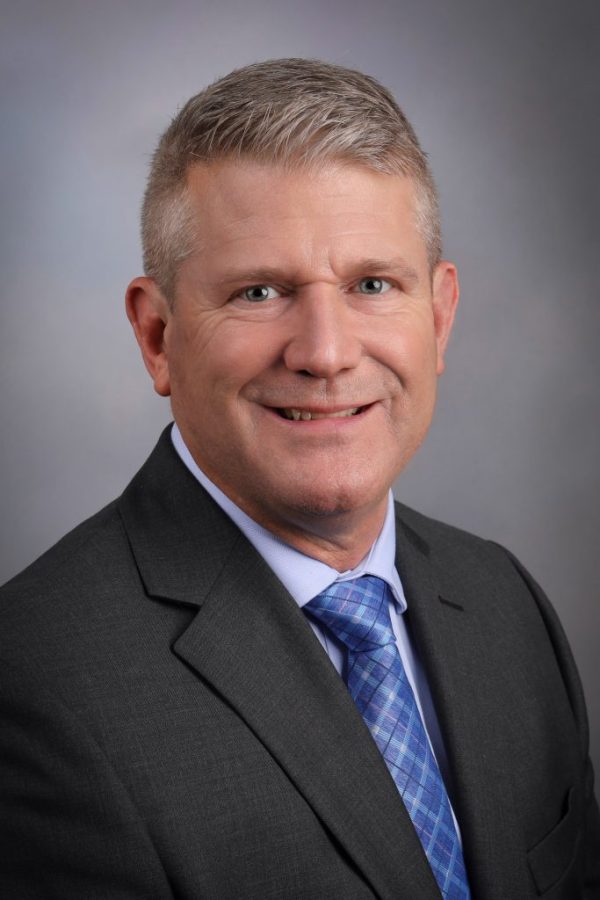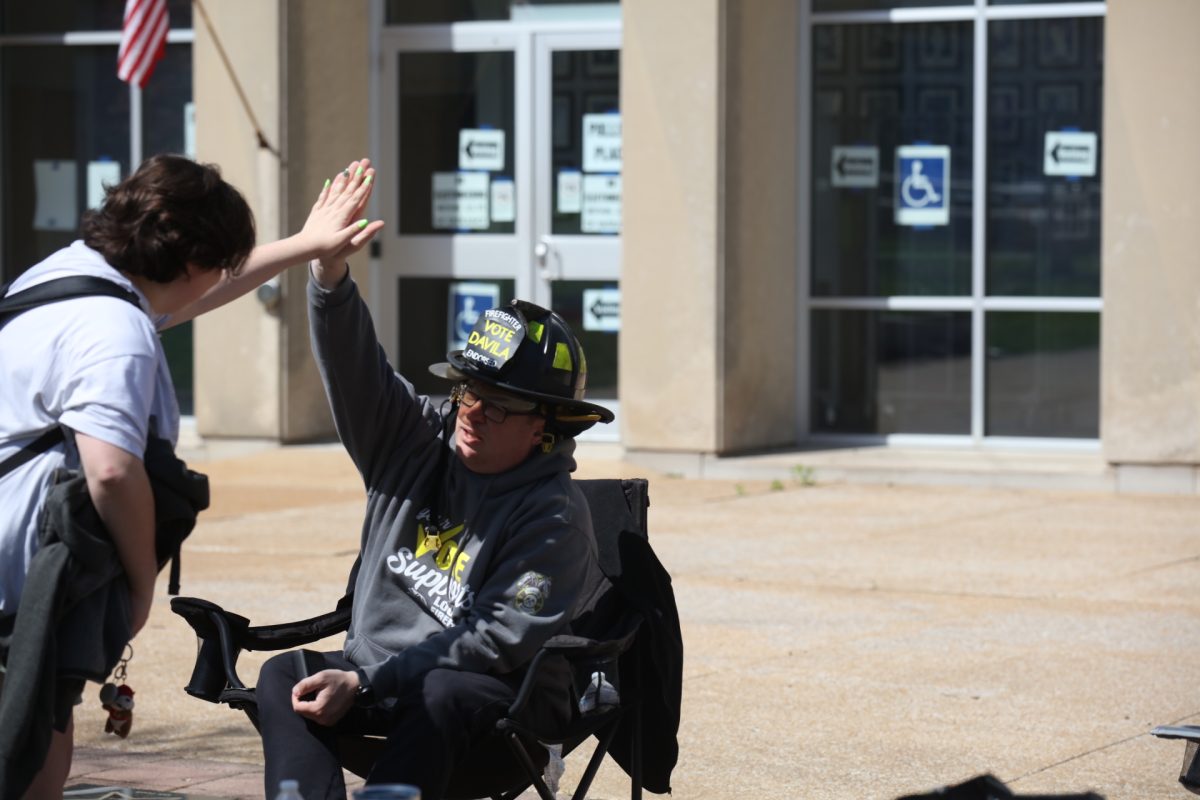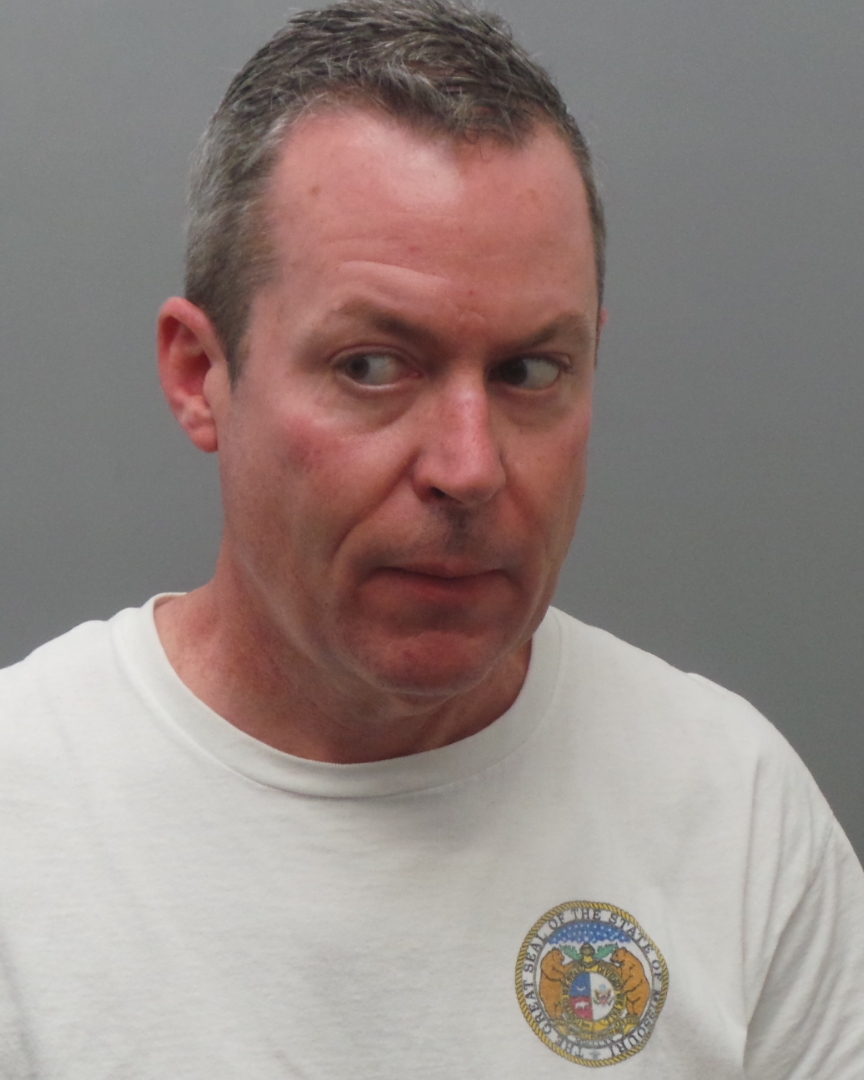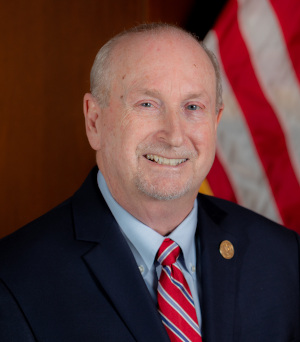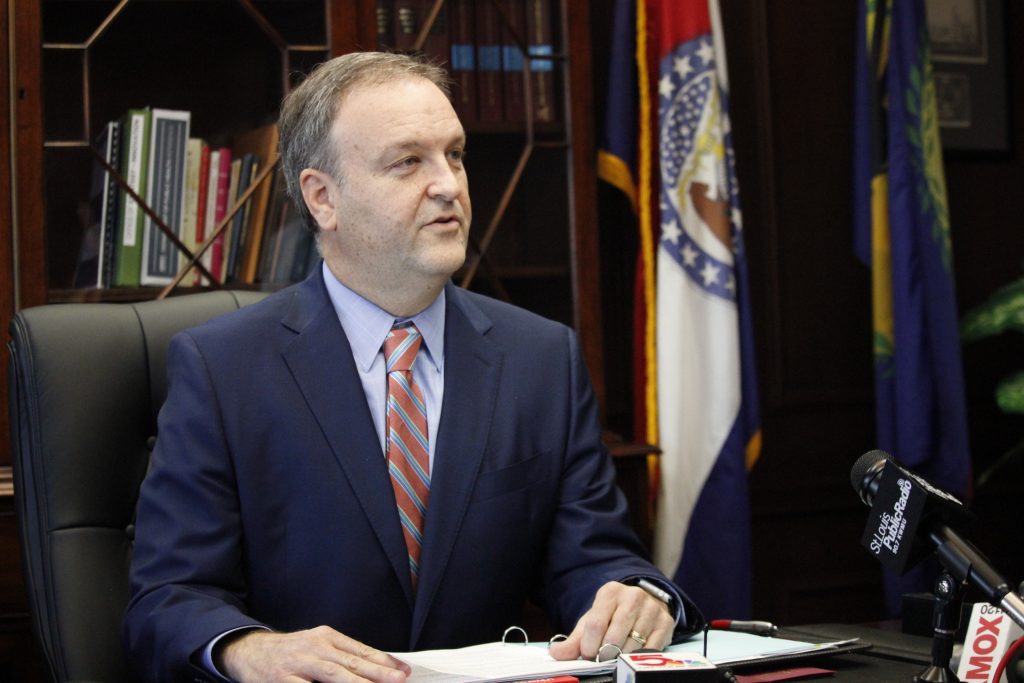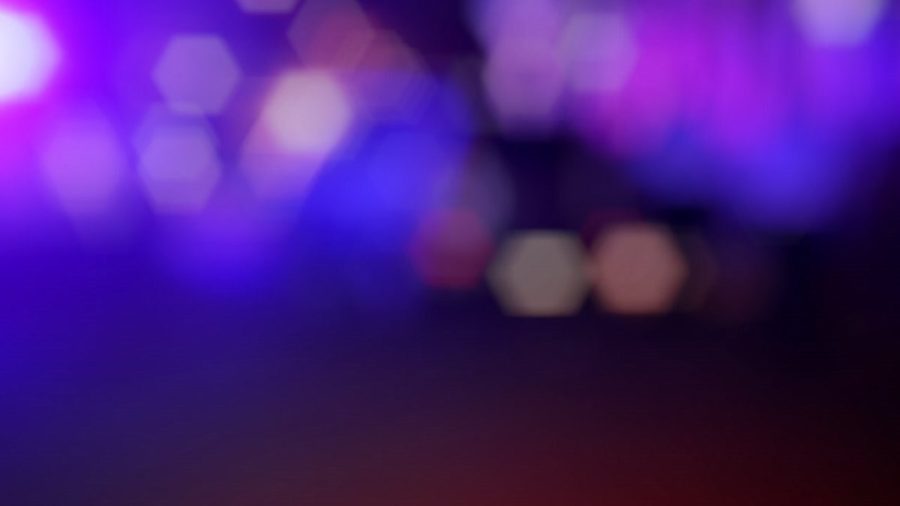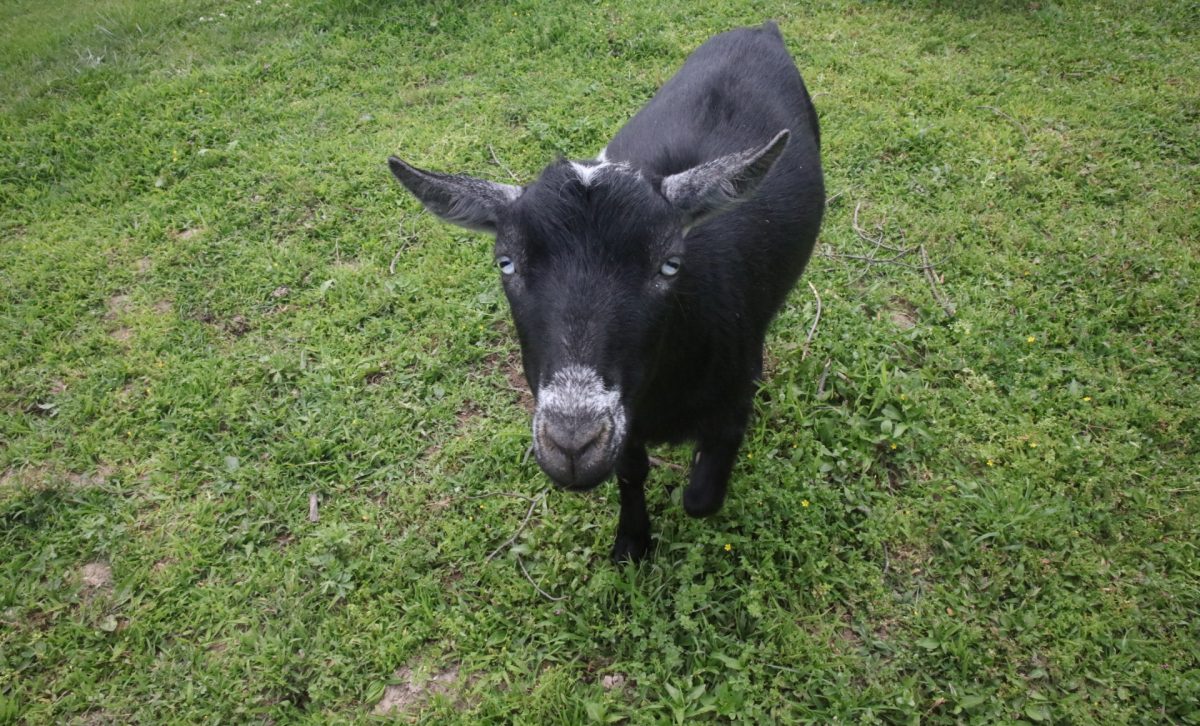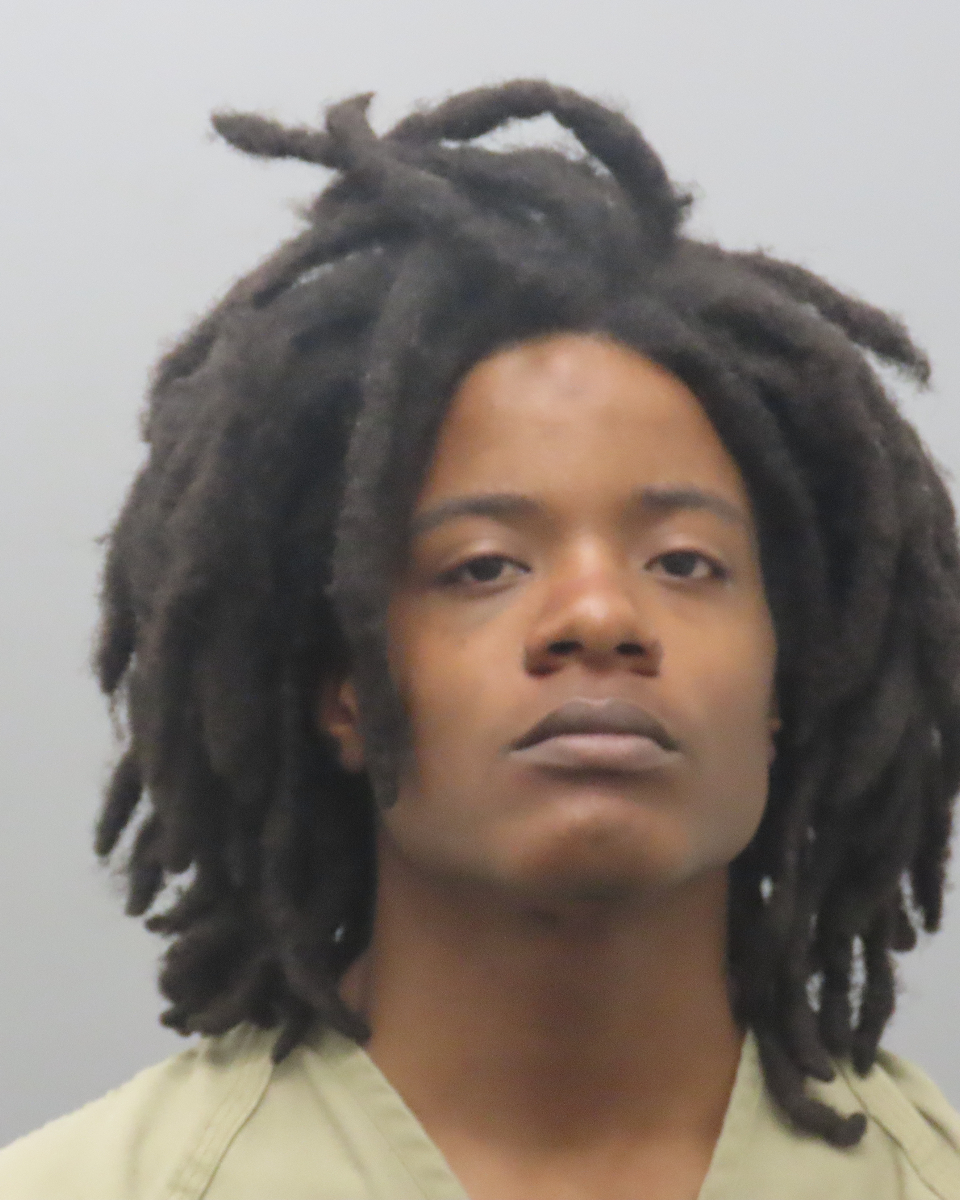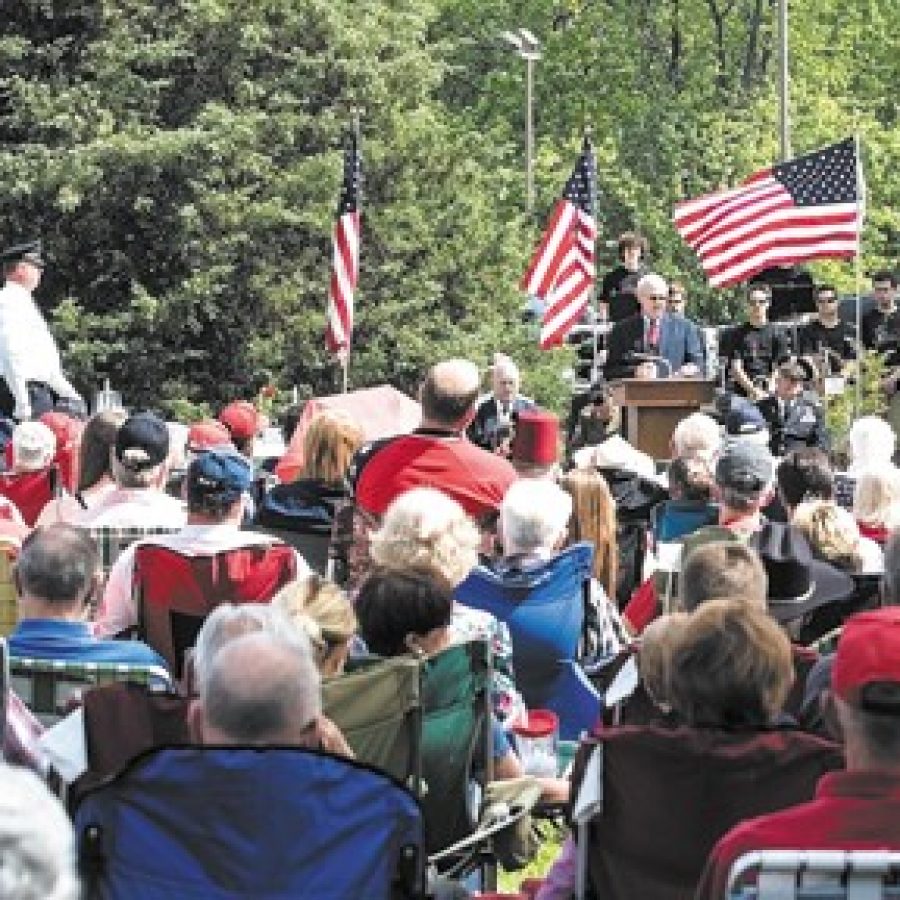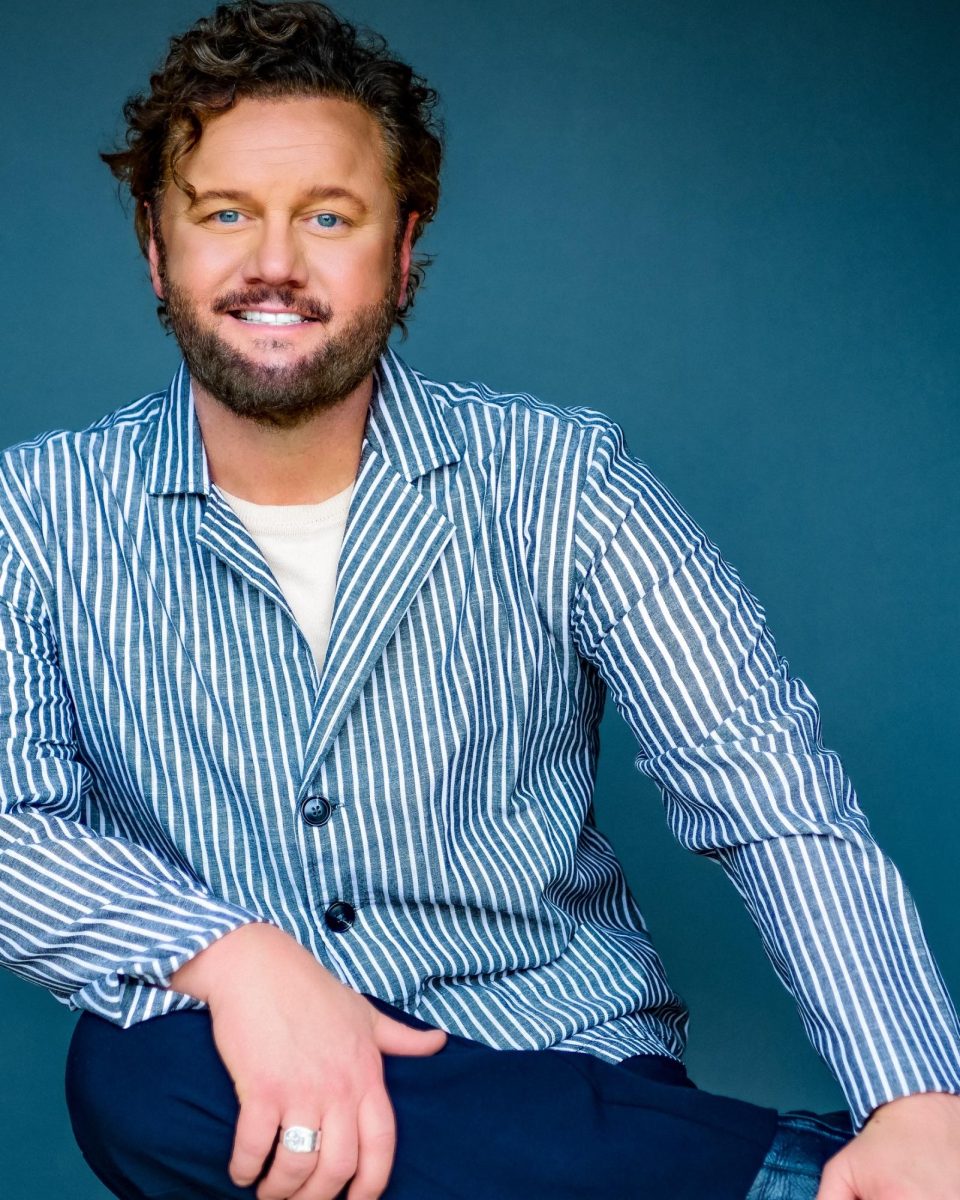An expanding portion of St. Louis and Kansas City are considered “vaccine deserts,” or areas with limited-to-no access to the COVID-19 vaccine, according to an analysis by a consulting firm hired by the state.
Vaccine deserts are expanding in the state’s biggest cities despite shrinking for the rest of the state as more providers begin administering the vaccine.
The findings were shared by Deloitte Consulting Thursday afternoon during a meeting of Missouri’s Advisory Committee on Equitable COVID Vaccine Distribution.
Deloitte’s analysis, based on data from Jan. 18, suggests a growing inequity in vaccine access within North St. Louis and the city center as well as the Interstate 435 corridor in Kansas City.
Those areas have become “much more of a have and have-not type of situation where there’s a vast dichotomy between access and no access,” said Andrew Miller, who presented the findings on behalf of Deloitte, a global consulting firm with offices in Missouri that has been paid nearly $600,000 by the state in fiscal year 2021.
In some areas of Kansas City, vaccine deserts are seven miles from the nearest provider. While some areas of St. Louis identified as vaccine deserts are within a mile or two of a provider, the high density of residents may make access more difficult and “it might be a little trickier to find new locations to provide access points.”
“So this may require some solutions that are maybe non-traditional,” Miller said.
In addition to growing vaccine deserts in the Kansas City and St. Louis metros, new vaccine deserts have also arisen in Weston in Platte County and Piedmont in Wayne County. However, Miller said nearby towns in both areas have vaccine providers, which may be able to help increase access as they receive vaccine.
Meanwhile, previously identified vaccine deserts in Boonville, Owensville and Hayti have dissipated since an earlier analysis of data was conducted in late December.
When the analysis combined data on vaccine deserts with areas that have a high likelihood of residents with at least one comorbidity, nearly all — 84 percent — of the most vulnerable areas were in St. Louis or Kansas City. Other areas were found to the east and west of Columbia, near St. Joseph and southeast of Joplin.
Adam Crumbliss, the director of the Missouri Department of Health and Senior Services’ Division of Community and Public Health, said the state is taking into account the analysis to focus resources on areas with the biggest gaps.
Urban vs. rural
Lawmakers voiced their frustration over the state’s vaccine rollout Wednesday night, as the architects of the program testified during a hearing of the House Committee on Health and Mental Health Policy.
It became clear during the more than two-and-a-half-hour hearing that both Republicans and Democrats, from urban and rural districts, felt their areas were being left behind.
“What are we supposed to tell our constituents who live mostly in a rural area that can’t do 5,000 doses a week obviously?” Rep. Cyndi Buchheit-Courtway, a Republican from Festus and vice chair of the House Committee on Health and Mental Health Policy, said Wednesday. “They’re feeling like they’re being forgotten in this.”
Meanwhile, the state’s urban centers aren’t any more satisfied.
“I just want to echo what the vice chair said about rural feeling forgotten. I’m here to tell you that urban feels forgotten, too,” said Rep. Patty Lewis, a Democrat from Kansas City.
In recent weeks, the state has rolled out new models for how it plans to quickly get vaccine doses out across the state.
In rural areas, the Missouri National Guard is working with local health departments to hold mass vaccination events, while in urban centers where larger hospital infrastructure exists, “high throughput” locations are administering thousands of doses to the community starting this week.
The bifurcated distribution model has contributed to the frustration — and confusion — of lawmakers. Democrats from the Kansas City area have complained the nearest vaccination event this week is over an hour away and that the Jackson County Health Department recently hasn’t received any vaccine. The St. Louis County Department of Public Health also hasn’t received vaccine for the last two weeks.
“After last night’s hearing, I have even more questions of whether heavily-populated areas have been treated fairly in this process,” Rep. LaDonna Appelbaum, a Democrat from St. Louis and the committee’s ranking minority member, said in a statement Thursday.
With roughly 53 percent of the state’s weekly allocation going toward “high throughput” locations — and hospital systems in the Kansas City and St. Louis regions receiving the largest amount of that share — it remains to be seen if the new model will improve inequity in access.
Two avenues of distribution
The state is embarking on its second week of mass vaccination events supported by members of the Missouri National Guard and in conjunction with local health departments. In all, the state is rotating between 27 sites with nine each week — one in each of the nine Highway Patrol Regions.
Gov. Mike Parson has said the sites have the capacity to vaccinate up to 2,500 residents a day, and a presentation during Wednesday’s hearing noted that events will have up to 2,340 doses available for each region.
At the same time, hospital systems chosen as “high throughput” locations in the nine regions are receiving thousands of doses this week to stand up large-scale vaccination events of their own.
The hospital systems will be receiving about 53 percent of the state’s weekly allocation of vaccine, mass vaccination sites will receive about 23 percent and the remaining 24 percent will be divided between Federally Qualified Health Centers, local public health departments and community providers.
“As you can imagine, those large health-care systems are kind of in metro areas. Not all of them, but some of them,” Randall Williams, the director of Missouri’s state health department, said Wednesday.
He later added: “One of the primary reasons the governor activated the National Guard was that they can go into those regions that don’t have a fixed structure like a big hospital or maybe not even have a Walmart or an independent pharmacy.”
On a call with vaccinators Tuesday, Crumbliss outlined how doses were being allocated to the nine regions and “high throughput” healthcare systems proportionally based on population.
For the week of Feb. 1, hospital partners in the St. Louis area will be receiving about 15,600 doses — the most of any area — according to a draft presentation shared on the call. Meanwhile, hospitals in the Kansas City region altogether will receive about 9,500 doses. The Springfield region will receive the third-highest allocation at 5,700 doses.
“You will note on some of these, that it is not a simple allocation to one facility,” Crumbliss said, “that it’s based on a lead and support sort of structure aimed at helping to build out consortia and collaboration through the different high throughput providers.”
However, members of the state’s advisory committee raised some concerns Thursday.
Rex Archer, the director of health for the Kansas City Health Department and a member of the advisory committee, noted that just because a hospital is participating doesn’t mean that the hospital’s location is necessarily where a clinic will be held. He said he hoped Thursday’s analysis on vaccine deserts will help providers focus their efforts on where to host vaccination events.
James Stowe, the director of aging and adult services at the Mid-America Regional Council, which is a designated Area Agency on Aging, noted in the chat during Thursday’s call that hospitals may also be vaccinating their own patients, heightening inequity.
When asked to give a yes or no answer as to urban areas not receiving mass vaccination clinics, Robert Knodell, Parson’s deputy chief of staff, said Wednesday: “It is yes and no.”
Knodell pointed to targeted teams of National Guard members that will help facilitate smaller scale events to reach vulnerable populations in St. Louis and Kansas City. Parson has said those teams will specifically work with clergy members as well.
Officials said they are also piloting a centralized registration system that will help facilitate registration for vaccination events statewide. When Parson announced this week’s National Guard events on Tuesday, five had already been full — as many health departments are pulling from waitlists they have already been gathering.
Limited supply
State officials have repeatedly stressed that with demand far outpacing supply, providers’ order requests will not all be approved.
The Biden administration has said it will be increasing states vaccine supply, and Missouri’s supply will receive a bump for at least the next three weeks. Officials anticipate weekly allotments of Moderna’s vaccine to increase to roughly 50,400 doses through February.
Late last month, health department officials had planned for about 38,200 Moderna doses weekly. Currently the state is still estimating it will receive 38,025 doses of Pfizer’s vaccine weekly, bringing its total weekly allocation of initial doses to about 88,425.
But some local health departments aren’t seeing their shipments increase as well.
Kayla Parker, a spokeswoman with the Jackson County Health Department, said Monday that for the first time the department’s request for doses had not been approved for last week. Their request was also not approved for this week, Parker said.
Officials from the St. Louis County Health Department have described similar shortages.
“They have a very limited number that is going to public health agencies, and so I presume that is why we haven’t received those doses that we requested,” Parker said.
Lisa Cox, a spokeswoman for the Department of Health and Senior Services, said difficult decisions have to be made when “each week, we receive requests from hundreds of vaccinators for about three times more than what the state is allocated from our federal partners.”
During Wednesday’s hearing, Williams said he expects healthcare systems, as contingent on getting vaccine, to work with local health departments in their area to reach residents most at-risk.
On Tuesday’s call with vaccinators, Crumbliss stressed that lower allocations for health departments and others “is not indicative that we don’t believe or have faith in the capacity of those groups.”
“It’s truly an efficiency model for moving vaccine through the system as quickly as possible as we continue to map that race in a sprint against the variant viral capacities that are moving through the country,” Crumbliss said.
With the Biden administration’s announcement that vaccine supply will soon be shipped to retail pharmacies directly, Williams said he anticipates vaccine reaching more rural areas through Walmart and Health Mart, an independent pharmacy franchise.
While the state is still awaiting more details, Knodell said the program will begin Feb. 11 and its supply will not be taken out of the state’s current allocations.
“That is very, very good news, because I’m not sure that Missouri would take a leap of faith again when the federal government told us we had to allocate over 300,000 doses — prime and booster — into that program that we have no control over,” Knodell said, in reference to the federal partnership with Walgreens and CVS to vaccinate long-term care facility residents.
This article is from the Missouri Independent.



